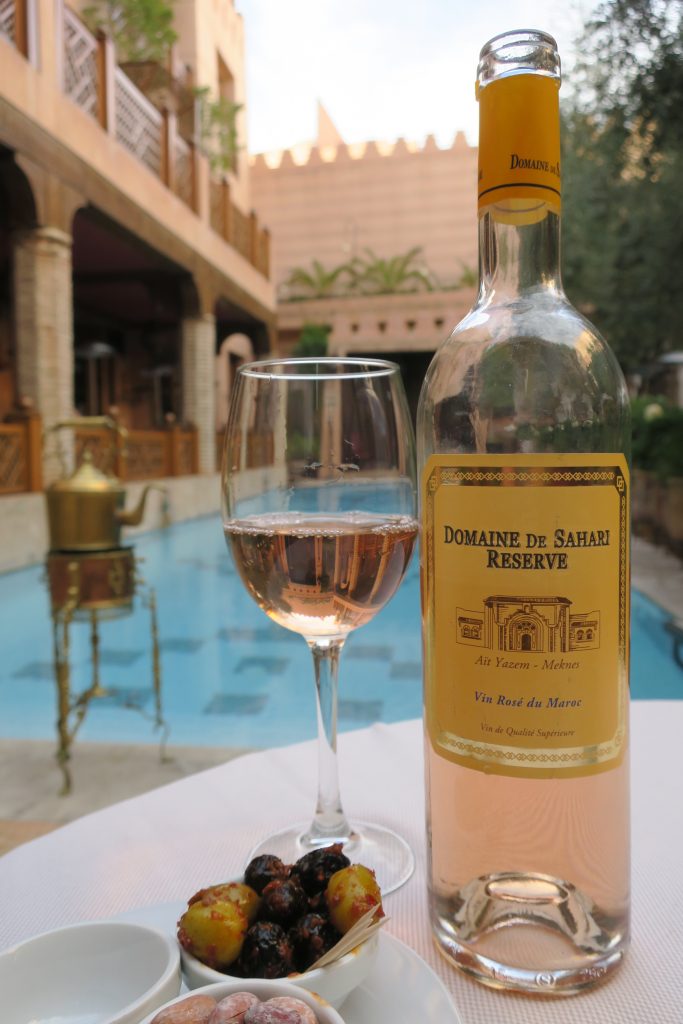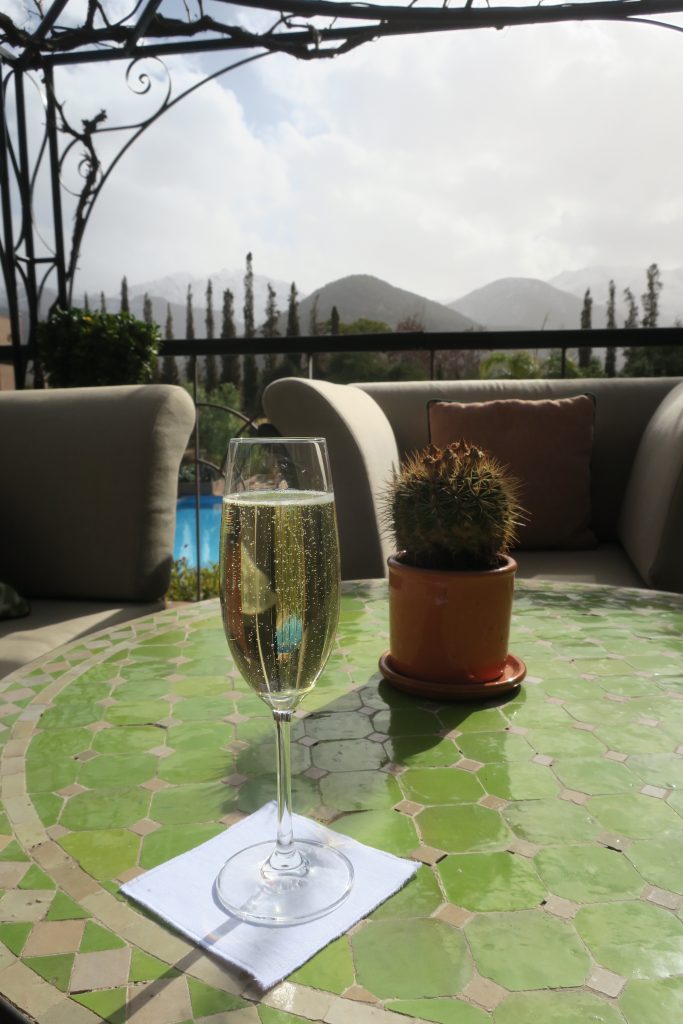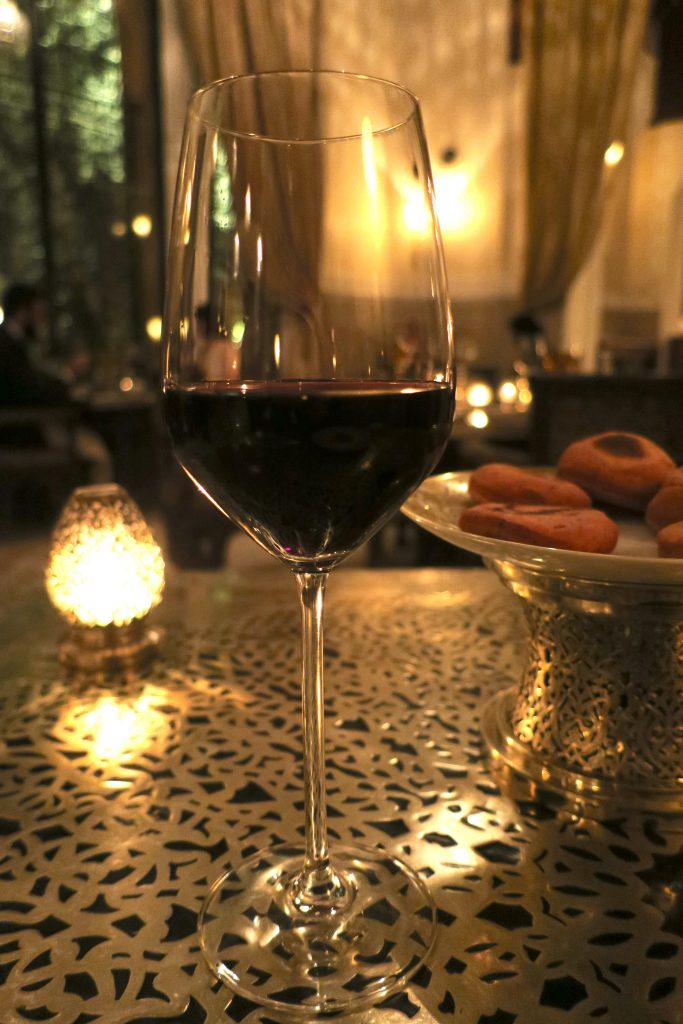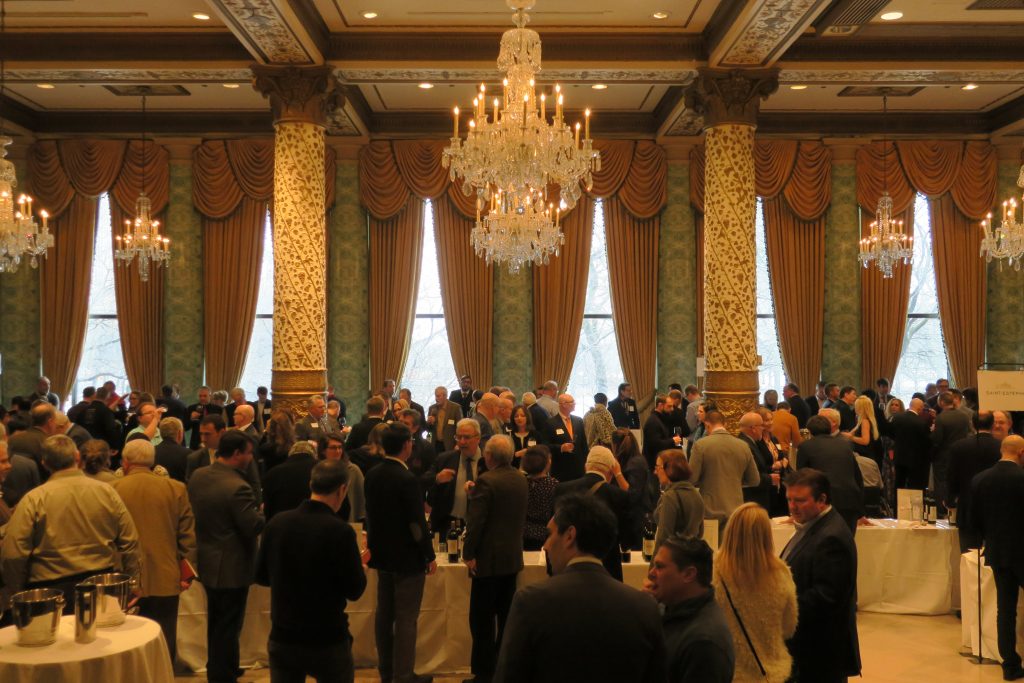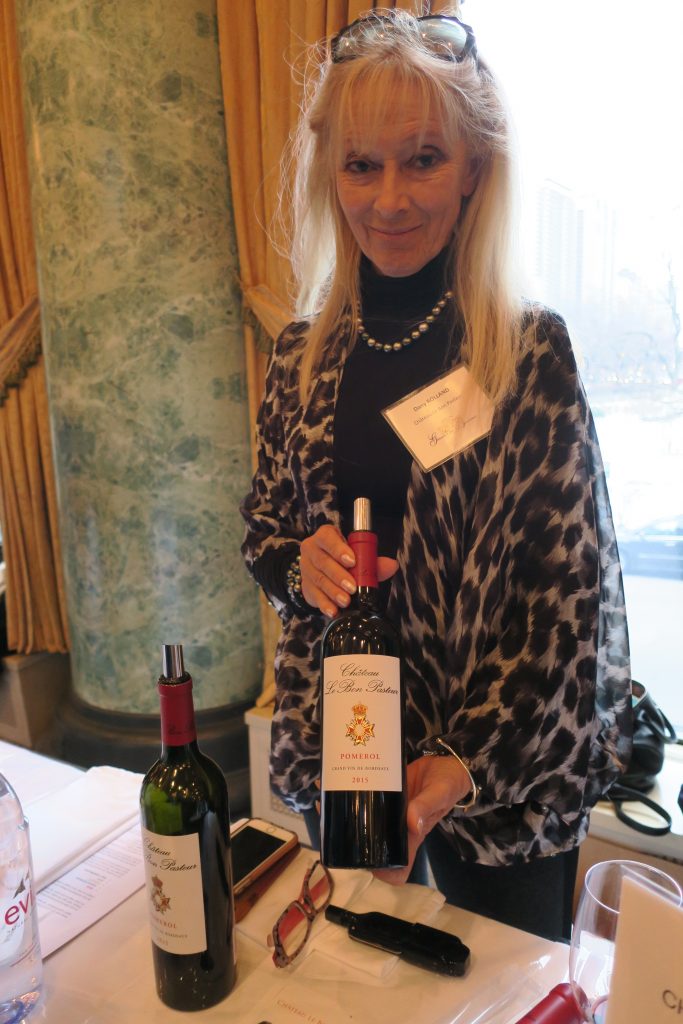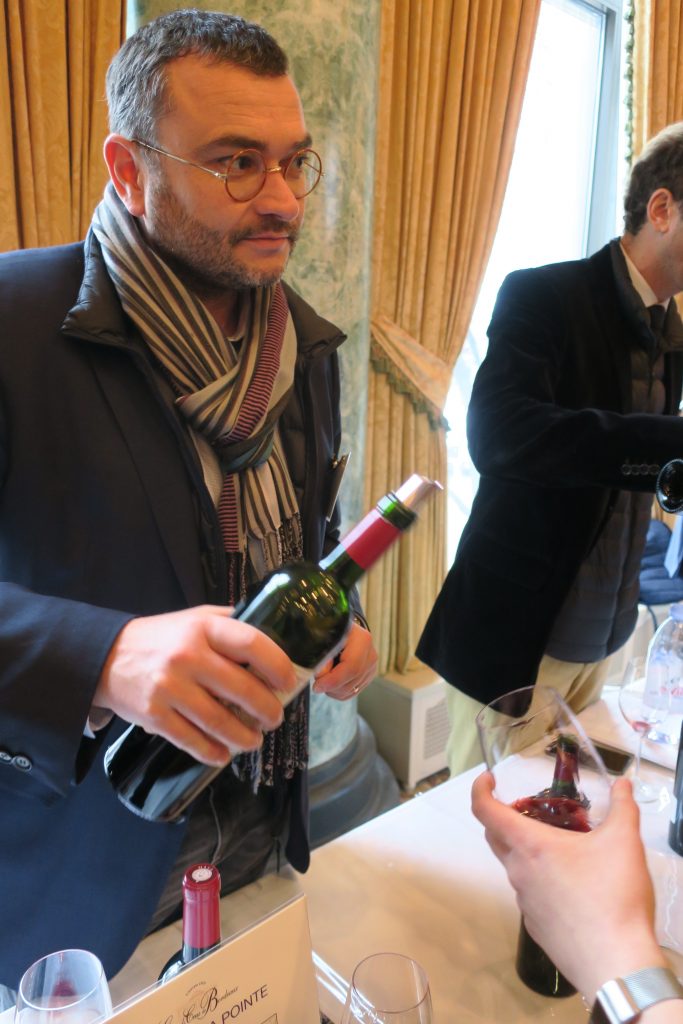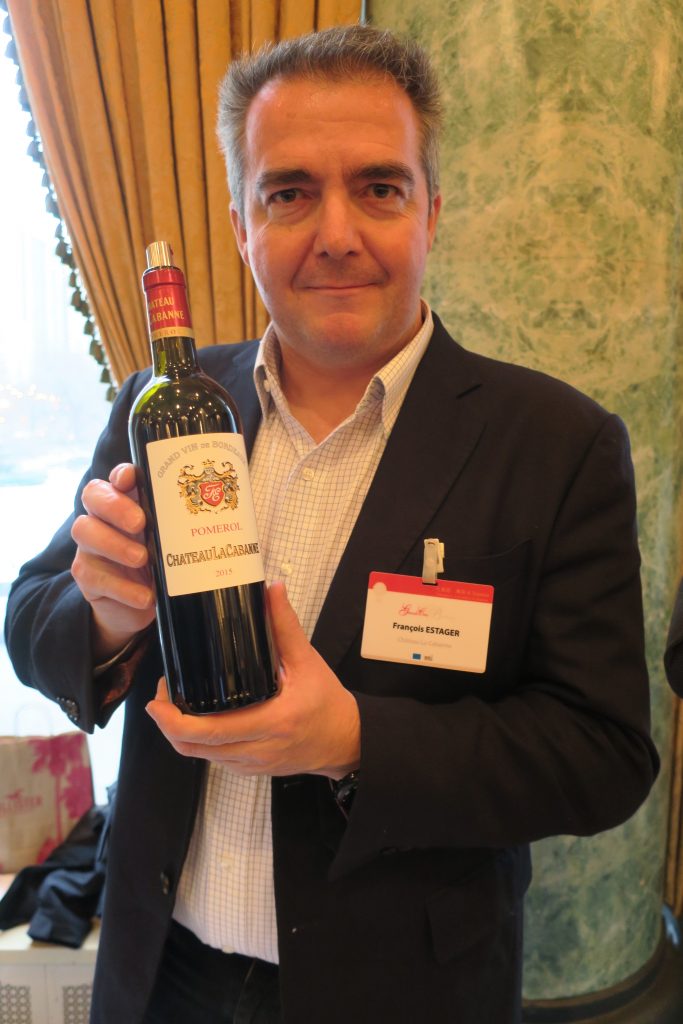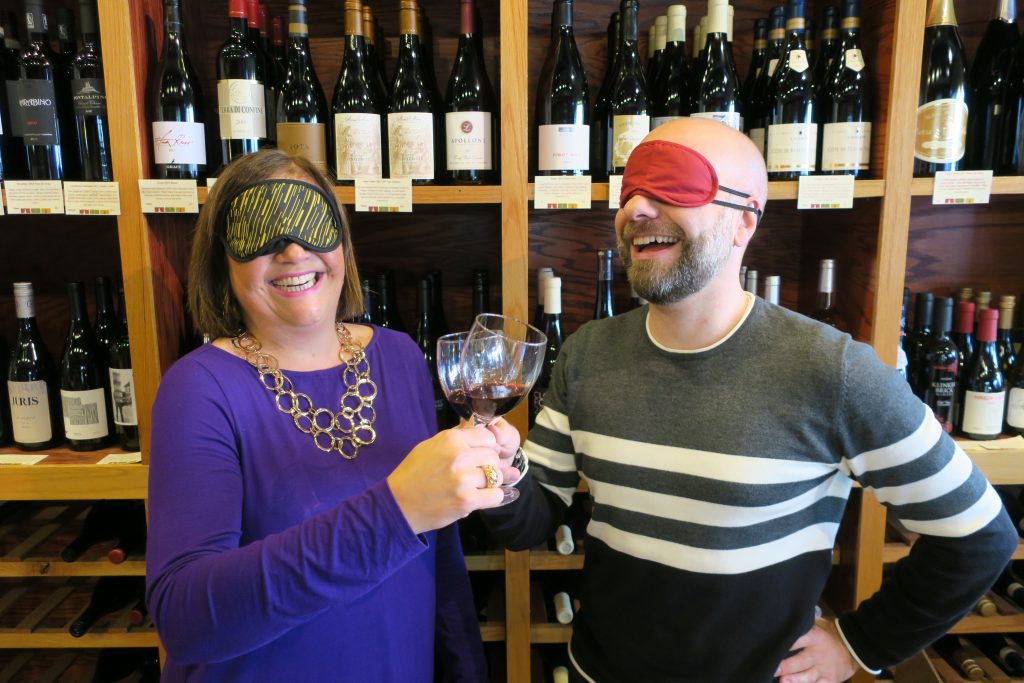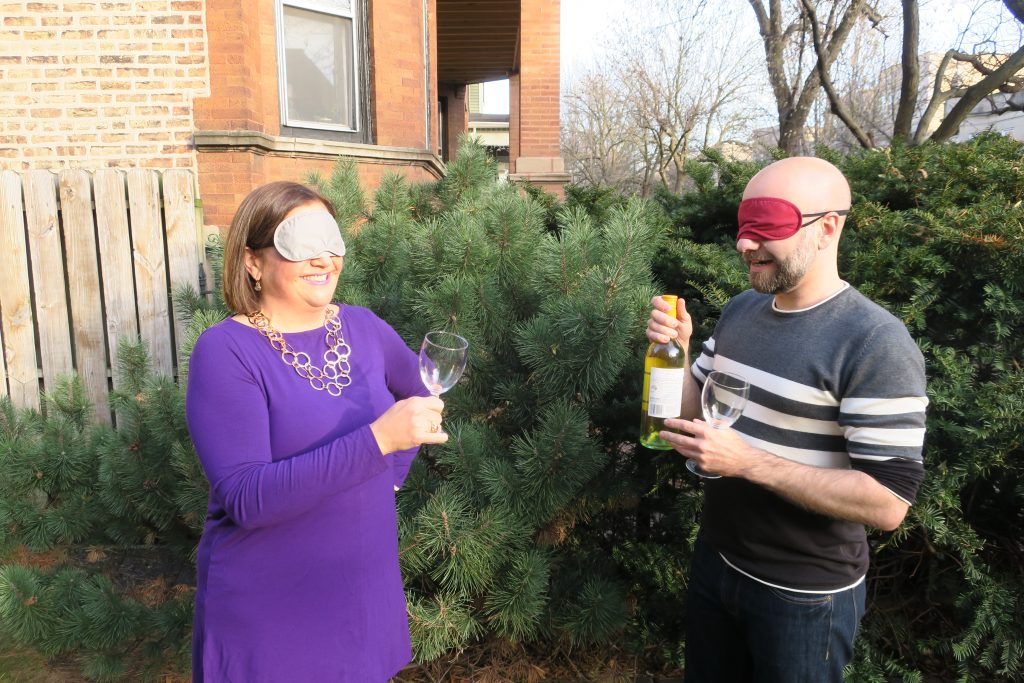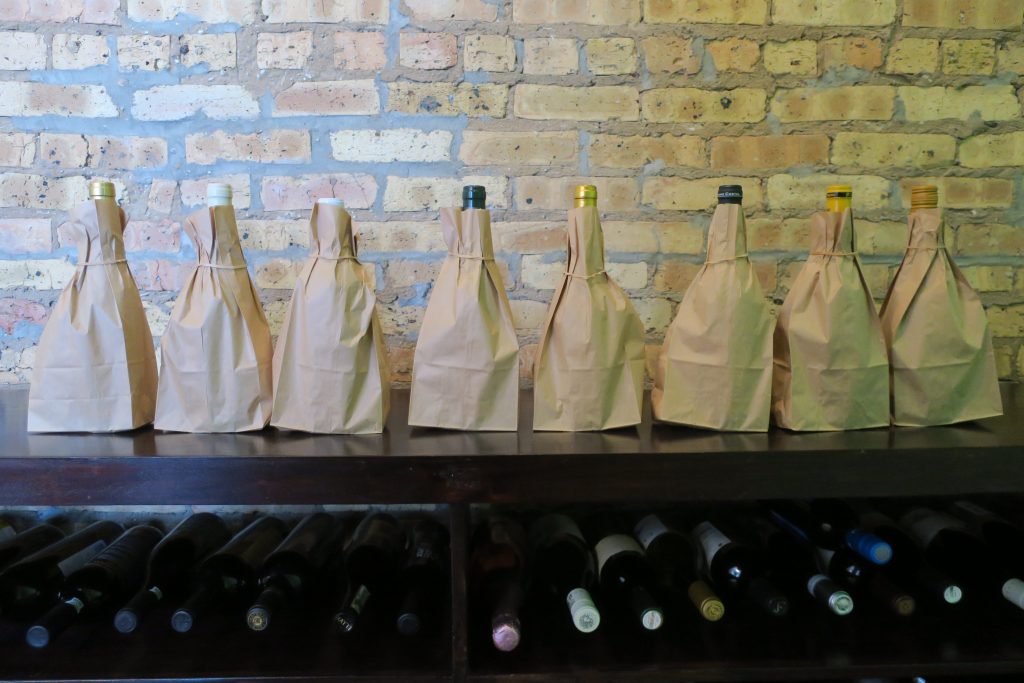Morocco: North Africa’s Great Wine Secret
Many of us, I’ve discovered, don’t know much about Morocco. People generally realize that it’s a Muslim-majority country, and as such, they expect it to be part of the Middle East and entirely alcohol-free. In fact, Morocco is almost as close to New York as it is to Riyadh, and as I discovered, delicious wine is quite easy to find. And not just imports. Delicious local wine. This came as something of a shock even to me, a person quite accustomed to writing about wine from unexpected places.
Winemaking in Morocco dates back to the Phoenicians, and the Romans carried on the tradition. Reports conflict about what happened after the Arab invasions. My Sotheby’s Wine Encyclopedia states that “after more than 1,000 years of Muslim rule, winemaking died out.” But the history of Moroccan wine printed in La Sultana‘s menu claims that Morocco’s “strong Jewish community continued to produce wine in its gardens,” and that the Portuguese made wine around their enclaves on the coast. Either way, serious commercial winemaking didn’t reappear in Morocco until the French took over in the early 20th century.
Morocco briefly became something of a wine powerhouse, at least in terms of quantity, but after the country became independent in the 1950s, the local market shrank dramatically, and European rules hindered exports. It was only in the 1990s, when King Hassan II attracted foreign investment in the country’s vineyards, according to The Oxford Companion to Wine, that things began to turn around (the current king, Mohammed VI, continues his policies). Just seven years ago, in 2011, Morocco designated its first Appellation d’Origine Contrôlée (AOC), Les Coteaux de l’Atlas. So although winemaking in Morocco has ancient roots, the best wines available now are all new creations.
But wait a minute. Isn’t Morocco too hot and too dry for quality winemaking? The image “Morocco” conjures for many of us involves desert caravans and spice-filled souks. Not vineyards! But as I discovered, winters can be downright frigid, especially in the mountains — my driver took me through a snowstorm at one point — and even in the summer, cool Atlantic currents keep the coast temperate. Irrigation is a necessity, but that’s hardly unusual. And rocky Moroccan soil drains well. Vineyards that take advantage of either ocean breezes or high elevation to stay cool can produce very fine wine indeed.
Nowadays, Moroccan wines take pride-of-place on menus of restaurants that serve alcohol. One wine list I encountered offered some 34 different Moroccan bottlings, including a sparkler, whites, rosés, reds and vin gris, a sort of light rosé made by vinifying dark-skinned grapes as if you were making a white wine (i.e. with little to no skin contact).
The one sparkling wine I had, a La Perle du Sud Blanc de Blancs by Le Celliers de Meknès, Morocco’s largest winery, had an AOC designation (Crémant de l’Atlas), but it tasted like not-very-expensive Cava to me. Some of the whites, like the CB Initiales Domaine Thalvin Chardonnay from Benslimane (east of Casablanca), were balanced and delicious, but most were frankly disappointing. The worst was a funky Médaillon Sauvignon Blanc that tasted aggressively citrusy. It clashed horrifically with some seafood couscous, which brought out some sort of odd artificial cantaloupe note in the wine. Blergh. Be careful with the whites.
I only tried a handful of the spicy vin gris wines, but I liked all of them. The rosés also tended to be quite good, with classic strawberry fruit and juicy acids (it’s hard to really screw up a dry rosé, I think). The Domaine de Sahari Reserve rosé of Syrah is a good example, with powdery strawberry fruit, lemony acids, refined green peppercorn spice and a dry finish. I sipped it by a swimming pool as the call of the muezzin floated across the medina. It felt deliciously sacrilegious.
Much as I enjoyed the vin gris and rosé, red is currently Morocco’s strong suit. Moroccan reds come in a range of styles, and all the ones I tried had reasonable balance. My favorite was the 2014 Château Roslane Premier Cru from the Coteaux de l’Atlas AOC, also by Le Celliers de Meknès. I tasted the wine in what is surely Morocco’s most exquisite restaurant, La Grande Table Marocaine in the Royal Mansour hotel. The setting didn’t hurt, but the wine would have been memorable anywhere. It tasted of ripe dark fruit — Morocco has no trouble ripening its grapes — and an almost minty freshness gave the fruit a lift, floating it atop refined white-pepper spice and serious but very well-integrated tannins. Very impressive.
I wouldn’t rush out to organize a Moroccan wine tour just yet — the wineries are forbidden from selling directly to consumers, and so tasting rooms aren’t much of a thing (Château Roslane excepted). I’m also not convinced you’ll find too many Moroccan options in your local wine shop, though there is at least one importer in the U.S.
Nevertheless, Morocco is a stupendously beautiful country to visit that’s quite welcoming to tourists. I highly recommend going, unless you’re an introvert. You’ll be absolutely miserable there if you’re an introvert. For everyone else, it’s a delight, and while you’re there, you’re sure to find some surprisingly tasty local wines to take the edge off a day of haggling in the souks.

